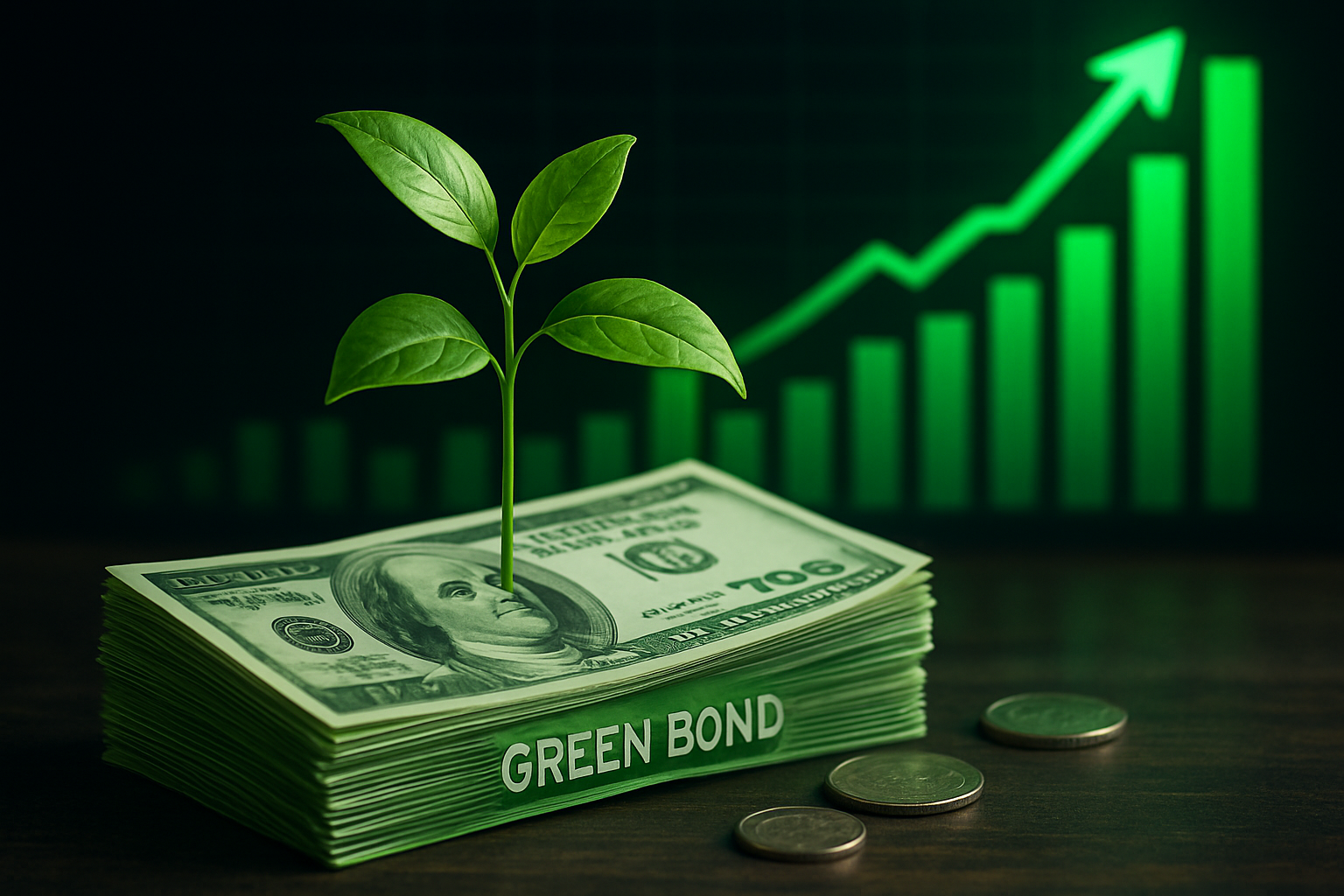The Expanding Universe of Green Bonds: A Comprehensive Overview
In the face of increasing climate change concerns, the financial world is not only adapting but also innovating. The world of finance has seen the rise of an exciting new financial instrument, green bonds, which are making waves in the industry. The boom in this field can be traced back to the first issuance by the European Investment Bank in 2007. Since then, green bonds have grown exponentially, reaching a record issuance of $269.5 billion in 2020. This article will delve into the intricacies of green bonds, their current market trends, and their potential for future growth.

Green bonds, similar to their conventional counterparts, are fixed-income securities that raise capital for specific projects. The difference lies in the purpose: Green bonds are specifically designed to finance projects that have positive environmental and climate benefits. As the world grapples with the urgent need to combat climate change, the appeal of green bonds has skyrocketed.
The market for green bonds has seen a significant upward trend in recent years. According to the Climate Bonds Initiative, global green bond issuance hit a new high in 2020, marking an 8% increase from the previous year. This growth has been fueled by increased investor demand for sustainable investments, coupled with a greater understanding of the environmental and social benefits of such investments.
Experts predict that this trend will continue in the foreseeable future. According to a report by Moody’s, the green bond market could reach $375 billion by the end of 2021. This prediction is based on several factors, including the increasing emphasis on sustainability from governments and corporates worldwide, the growing demand from investors for sustainable investment opportunities, and the continued efforts of global regulators to standardize and promote green bond issuance.
While the benefits of green bonds are clear, they also come with certain risks. Market risks, liquidity risks, and greenwashing are some of the challenges faced by investors in this field. However, these risks are not exclusive to green bonds and are common to all bond investments. The key is to conduct thorough due diligence and invest wisely.
The real-world applications of green bonds are vast and varied. They are used to finance a wide range of projects, from renewable energy and energy efficiency to pollution prevention and sustainable water management. In fact, green bonds have been instrumental in funding some of the most groundbreaking environmental projects in recent years.
Navigating the Green Bond Market: Key Insights
-
Green bonds offer a unique opportunity to combine financial returns with positive environmental impact. By investing in green bonds, you’re not just earning interest, but also contributing to a sustainable future.
-
Conduct thorough due diligence before investing. Make sure the green bond is certified by a recognized external standard, such as the Climate Bonds Standard, to avoid greenwashing.
-
Diversification is key. Consider investing in a diversified portfolio of green bonds to spread risk and maximize returns.
-
Stay updated with the latest market trends and regulations. This will help you make informed investment decisions and stay ahead of the curve.
In conclusion, green bonds represent a significant step forward in the world of finance. They offer a unique opportunity for investors to play an active role in combating climate change while also earning financial returns. While the market for green bonds is still relatively young, its growth potential is enormous. As awareness and understanding of these bonds increase, they are likely to become a mainstream investment option in the near future. As we stride towards a more sustainable future, green bonds are undoubtedly going to play a crucial role.





